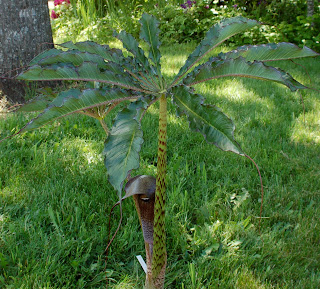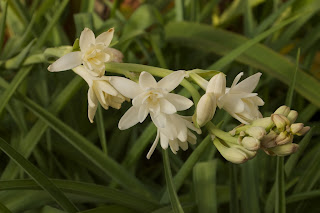This is the time of year when we tend to take a moment to reflect on past accomplishments and plan for the future. For avid gardeners, this can take the form of scouring plant and seed catalogs, placing orders and making plans to visit nurseries and attend plant sales when the planting season finally arrives.
It can also be a time to step back and analyze how well your garden is fulfilling your vision of what it can be. I use the term garden renewal for this process of analyzing what works and what doesn’t in your garden and making plans for improvement.
Garden renewal is especially important in older, established gardens, which can easily become overgrown and uninspiring over time. The rock garden at The Pittock Mansion in Portland, Oregon is an excellent example of a successful garden renewal process. In 2009, a group of Master Gardener volunteers along with City of Portland Parks Department staff undertook the project of revitalizing the rock garden.
This thoughtful and multi-year process began with a careful analysis of the site. During the initial phase, overgrown trees, shrubs and perennials were removed, irrigation zones were analyzed, rocks were repositioned and soil was amended. The amount of sun and shade along the wooded, sloping site was carefully noted.
Structural plants such as small-scale shrubs and miniature trees were among the first new plantings. Plant scale is always critical in rock gardens and careful attention to eventual size and placement will ensure that the new plants do not quickly overgrow their space. Over the course of the next two seasons, a variety of perennials were added with attention to their growth habits as well as cultural requirements for drainage, water and exposure.
The rock garden at the Pittock Mansion has been an inspiration to the volunteer workers and to visitors to the garden. We often hear glowing comments about the garden from visitors to our nursery. Two of my favorite comments are “it’s my favorite part of the garden” and “I didn’t even know I liked rock garden plants”. Obviously, it is a job well done and an inspiration to us all.
Happy New Year!
A special thanks to Skip Frankwick who shared many of the above photos.


















